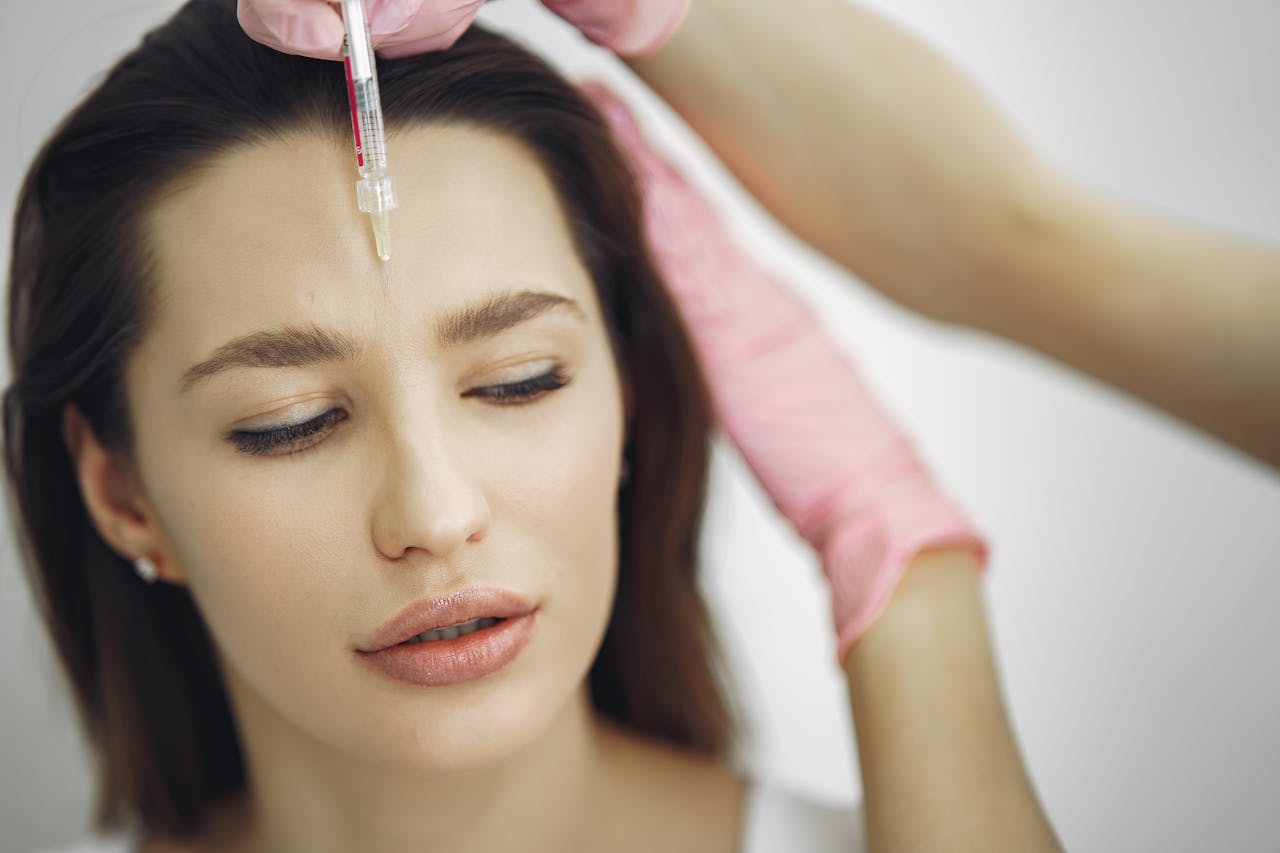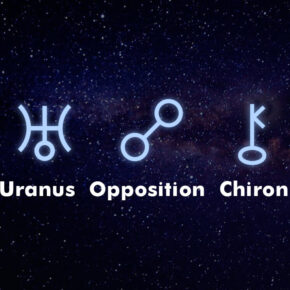Smooth skin and a youthful appearance have long been sought-after attributes, prompting the constant evolution and innovation within the beauty and wellness industries. In recent decades, one method has risen to the forefront, promising significant reductions in visible aging indicators — Botox. This injectable, derived from the bacterium Clostridium botulinum, has garnered a considerable following, but it remains a topic of intrigue, skepticism, and curiosity. Here’s what you need to know about Botox.
What is Botox?
Botox is a name that most are familiar with, yet only some know about the science that underpins its cosmetic magic. At its core, Botox is a neurotoxic protein obtained from the bacterium Clostridium botulinum. In the realm of aesthetics, it functions by temporarily paralyzing muscle, which in turn diminishes the appearance of wrinkles and fine lines. However, Botox has lots of medical uses besides just wrinkles, including the treatment of muscle spasticity, chronic migraines, and excessive sweating, illustrating its versatile nature in both medical and cosmetic fields.
The treatment involves injecting a small amount of Botox solution directly into the muscles responsible for creating wrinkles, particularly on the forehead, around the eyes, and between the brows. Botox offers a non-surgical option for individuals aiming to eliminate wrinkles that yield visible results within a matter of days. As Botox is precisely applied with minimal doses by a skilled professional, it’s a safe, effective way to reduce visible signs of aging.
How Does Botox Work?
Botox targets the nervous system by blocking the signals that muscles receive to contract. When a muscle contracts, it pulls on the skin and forms wrinkles, especially with frequent and repetitive movements such as frowning or squinting. By blocking the neurotransmitter acetylcholine, Botox freezes the muscles in your face that cause wrinkles. This stops them from contracting and moving so it reduces the look of wrinkles you already have and also prevents new ones from forming.
The effects of Botox are not immediate; instead, they gradually take hold as the neurotoxin disrupts the synaptic communication between nerve endings and muscle fibers. Most people notice improvements in the treated areas within three to seven days post-treatment, with the peak effect visible approximately two weeks after the session. The results are temporary, lasting anywhere from three to six months, depending on the individual’s metabolism, the area treated, and the amount of product used.

Despite its effectiveness, Botox does not work on all types of wrinkles. It works best at getting rid of dynamic wrinkles that form when you’re making facial expressions like smiling, frowning, or raising eyebrows. Static wrinkles, visible even at rest, often due to aging and reduced skin elasticity, may not improve with Botox treatments. For these types of wrinkles, other cosmetic procedures, such as fillers, might be recommended for a more comprehensive approach to anti-aging.
What to Expect During and After Treatment
Before undergoing Botox treatment, make sure you talk to your doctor if it’s a good option for you. Some health conditions, such as neuromuscular disorders or allergies to any of the ingredients in Botox, may make individuals ineligible for the procedure.
During the session, your provider will use a thin needle to inject the Botox solution into specific muscles, usually with minimal discomfort. The number of injections required will depend on the treated area and your desired results. After you get the Botox shot, the area where they stuck you might get a little red and puffy. However, it usually goes away within a few hours.
It’s important to follow post-treatment instructions from your provider, such as avoiding vigorous exercise and refraining from rubbing or massaging the treated area for at least 24 hours. While Botox is generally safe, there’s a small risk of side effects like drooping eyelids, asymmetry, or bruising in the treated areas. The effects are usually only temporary and can be handled properly with good care from a qualified expert.
Common Myths about Botox
With its widespread popularity, it’s no surprise that Botox has attracted many myths and misconceptions. Some of the most common include:
- Botox makes you lose all facial expressions: This is not true. When administered correctly and in appropriate doses, Botox only relaxes the muscles that cause wrinkles, leaving other facial movements intact.
- Botox is toxic and can be dangerous: While it’s true that Botox is derived from a neurotoxic protein, the amount used in cosmetic procedures is highly diluted and deemed safe by medical professionals. While any medical procedure has some risks, they are minimal when performed by a qualified and experienced practitioner.
- Botox is only for women: This is a common misconception, as Botox can be beneficial for both men and women. The number of men of all ages seeking Botox treatments has been rising steadily over the past few years
Botox continues to be a popular procedure for those wanting to smooth their skin out and look more youthful. Yet, thorough research and consultation with a qualified professional are key before any procedure. With the right information and guidance, Botox can be an effective yet safe method for achieving your desired appearance. Remember, beauty is not defined by age or wrinkles but by confidence and self-care.








